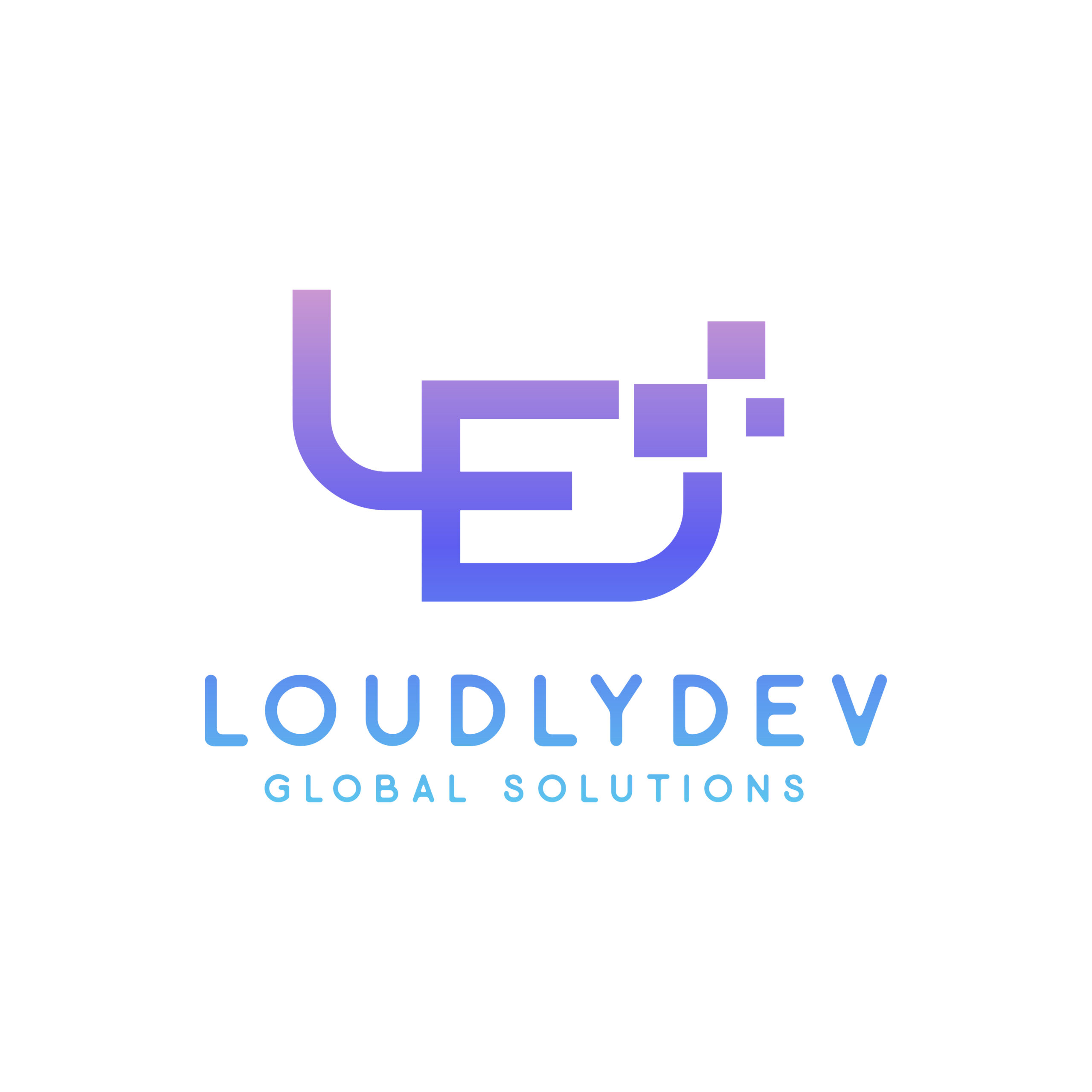Data Lakes vs. Data Warehouses: Key Differences and How to Choose
In the age of big data, businesses are continuously generating vast amounts of information. Properly managing, storing, and analyzing this data is crucial for making informed decisions and staying competitive. Two of the most popular solutions for data storage are data lakes vs. data warehouses. While both serve the purpose of storing data, they cater to different needs and use cases. This guide will help you understand the key differences between data lakes and data warehouses, and how to choose the right solution for your business.
What is a Data Lake?
A data lake is a centralized repository that allows you to store all your structured and unstructured data at any scale. You can store data as-is, without having to first structure the data, and run different types of analytics—from dashboards and visualizations to big data processing, real-time analytics, and machine learning.
Key Characteristics:
- Storage of Raw Data: Data lakes allow for the storage of raw, unprocessed data. Therefore, this setup allows you to ingest data in its original format, making it ideal for storing diverse data types like videos, images, and documents.
- Scalability: Data lakes are highly scalable, making them suitable for handling vast amounts of data. They are often built on cost-effective storage solutions like cloud storage.
- Flexibility: Due to their schema-on-read design, data lakes are more flexible, allowing users to define the structure of data at the time of analysis.
Use Cases:
- Big Data Analytics: Data lakes excellently analyze big data by processing large volumes from various sources.
- Machine Learning: The raw data stored in a data lake can be used to train machine learning models, which require diverse and large datasets.
What is a Data Warehouse?
A data warehouse is a more structured and organized repository, optimized for the storage and analysis of structured data. Data is cleaned, transformed, and loaded into the warehouse in a process known as ETL (Extract, Transform, Load), making it ready for querying and reporting.
Key Characteristics:
- Structured Data Storage: Data warehouses store structured data that has been processed and is ready for analysis. This makes it easier for business intelligence (BI) tools to generate reports and insights.
- Performance Optimization: Data warehouses are designed for fast querying and reporting, making them ideal for BI tasks where performance is crucial.
- Schema-on-Write: Unlike data lakes, data warehouses have a schema-on-write design, meaning the data structure is defined before storing the data.
Use Cases:
- Business Intelligence (BI): Data warehouses are ideal for generating reports, dashboards, and insights from structured data.
- Historical Data Analysis: Businesses often use data warehouses to analyze historical data for trends and patterns that inform decision-making.
Key Differences Between Data Lakes and Data Warehouses
- Data Types:
- Data Lake: Supports all types of data—structured, semi-structured, and unstructured.
- Data Warehouse: Primarily designed for structured data.
- Schema:
- Data Lake: Schema-on-read, allowing flexibility at the time of analysis.
- Data Warehouse: Schema-on-write, which requires a predefined structure before data storage.
- Cost:
- Data Lake: Typically more cost-effective for storing large volumes of data, particularly in cloud environments.
- Data Warehouse: Can be more expensive due to the processing required before data storage.
- Processing:
- Data Lake: Data is processed when read, allowing for more complex and varied data analyses.
- Data Warehouse: Data is processed before being stored, which can result in faster query performance for structured data.
- Use Case:
- Data Lake: Best for advanced analytics, machine learning, and storing large amounts of raw data.
- Data Warehouse: Best for generating business reports, dashboards, and insights from structured data.
Choosing the Right Solution for Your Business

The choice between a data lake and a data warehouse depends largely on your business’s needs:
- Opt for a Data Lake if: You need to store diverse data types and volumes, and require flexibility for future analytics or machine learning projects.
- Opt for a Data Warehouse if: Your focus is on fast, reliable business intelligence and you deal primarily with structured data.
Hybrid Approach: The Data Lakehouse
Some businesses may benefit from a hybrid solution known as a data lakehouse. Hence, this approach merges data lake scalability with warehouse structure, offering the best of both.
Conclusion
Understanding the differences between data lakes and data warehouses is key to making informed decisions about your data strategy. Both solutions have their strengths, and the right choice will depend on your specific use case, data types, and business goals.
At LoudlyDev Global Solutions, in collaboration with Keyrus, we specialize in providing tailored data storage solutions that meet the unique needs of our clients. Thus, for data lake, warehouse, or hybrid, our experts guide your decision and implement the best business solution.
Ready to optimize your data strategy? Contact us today to learn more about how we can help you choose and implement the best data storage solution for your business.

